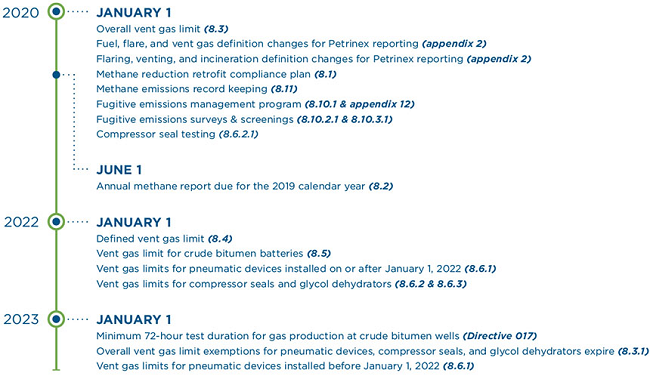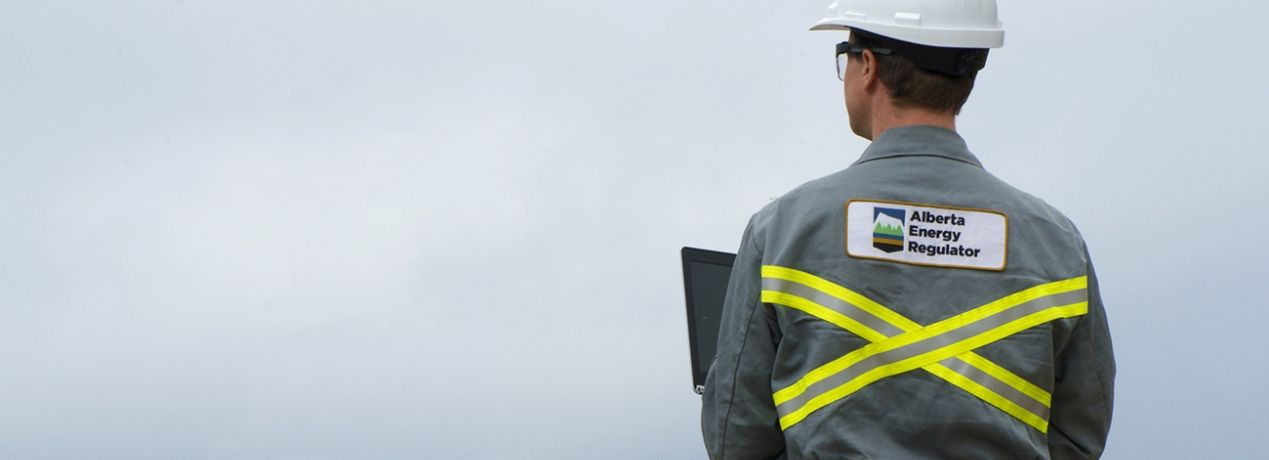Many things contribute to climate change, including emissions from oil and gas operations. We collaborated with the Government of Alberta to protect our environment by reducing methane emissions.
In 2015, the Government of Alberta directed us to develop requirements to reduce methane emissions from upstream oil and gas operations by 45 per cent (relative to 2014 levels) by 2025. In 2020, the Government of Alberta directed the AER to amend the methane regulations that were released on December 13, 2018.
All Operations:
Flight Paths:
What is methane?
Methane is a colourless, odourless, flammable greenhouse gas. It is the main constituent of natural gas. The global warming potential of methane is significant—it is estimated to be 25 times greater than that of carbon dioxide over a 100-year period.
In Alberta, the oil and gas industry is the largest source of methane emissions—in 2014 it accounted for approximately 70 per cent of province’s methane emissions.
Approach to Methane Reduction
To meet the goal set out by the Government of Alberta, we developed requirements in Directive 060: Upstream Petroleum Industry Flaring, Incinerating, and Venting and Directive 017: Measurement Requirements for Oil and Gas Operations. These draft requirements were released for public comment in April 2018, and in December 2018, we released the finalized requirements.
The methane reduction requirements in Directive 060 went into effect on January 1, 2020, while the requirements in Directive 017 went into effect immediately upon the directive’s release in December 2018. Revisions to both directives were released in May 2020.
The requirements address the primary sources of methane emissions from Alberta’s upstream oil and gas industry: fugitive emissions and venting, which includes emissions from compressors, pneumatic devices, and glycol dehydrators. The requirements also focus on improved measurement, monitoring, and reporting of methane emissions.
Companies may request to use an alternative fugitive emissions management program (Alt-FEMP) to deviate from the technologies and processes outlined in Directive 060. The AER has developed an Alt-FEMP checklist to provide guidance to industry on these types of requests.
While we authored the new requirements, the Government of Alberta played a key role by setting the policy direction.
Timeline
How the Requirements Were Developed
Alongside the Government of Alberta, we held multistakeholder committee meetings to develop options for the methane reduction requirements. The committees had representatives from environmental nongovernment organizations, the oil and gas industry, and technology groups.


